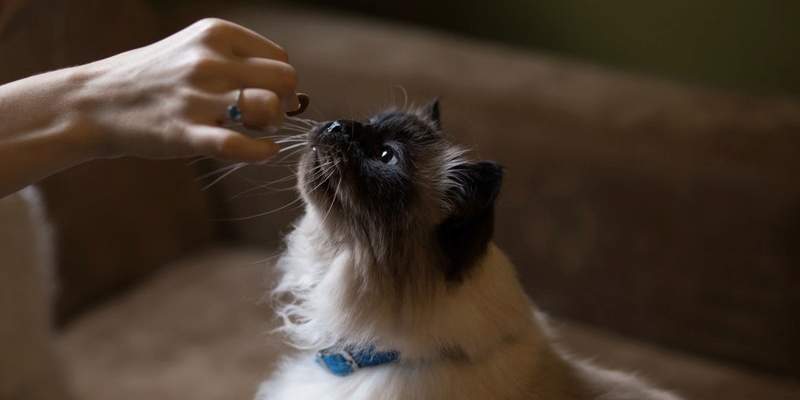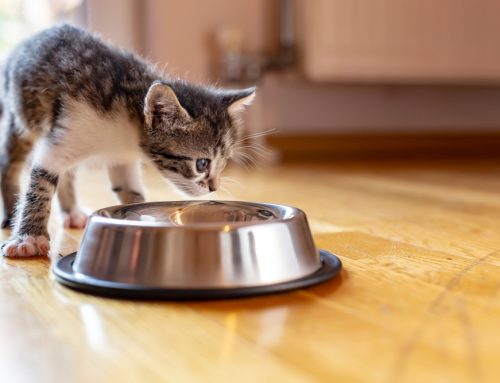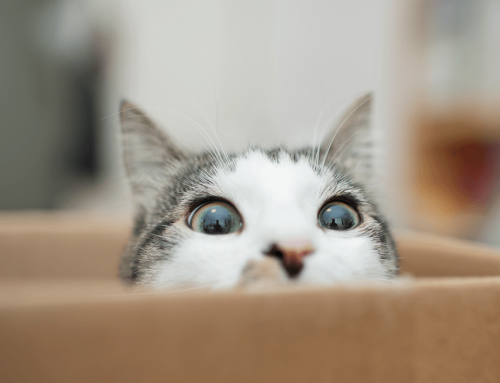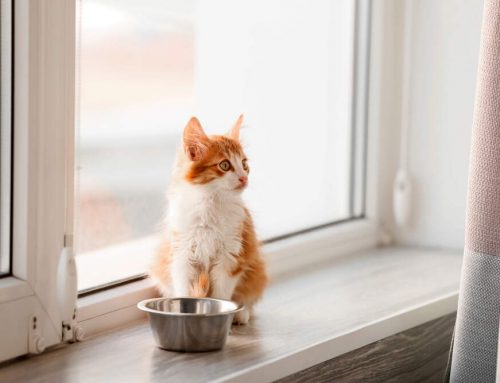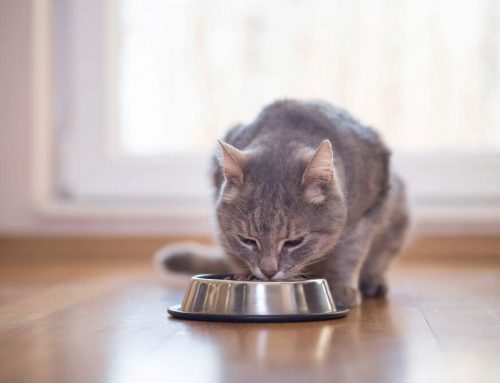It’s no surprise that cats can have very specific tastes in food, toys, and other aspects of a happy life. Figuring out what to feed them, and how much, can be a puzzling question for new cat owners. Not only are there plenty of health variables that may affect your cat’s diet, but there’s also the fact that cats tend to be picky eaters. So should you feed your cat wet food or dry food? And how much food per day is best for them? Continue reading to better understand your cat’s nutritional needs.
Wet vs Dry Cat Food
Before discussing how much to feed your cat, it’s important to know the different benefits of both dry and wet cat food. Each has their own unique nutritional value as well as benefits to your cat’s overall health.
Most cat owners believe wet cat food is a good option because of its moisture and extra cost. On average, wet cat food contains about 78% moisture, so it’s a great option for keeping your cat hydrated. With this extra moisture, wet cat food promotes a healthy urinary tract as well as supporting kidney function.1
Wet cat food can also contain fewer calories than dry cat food, with about 250 calories per 6 oz can.2 It can also contain more fat and protein, which may result in a smaller ratio of carbohydrates. In these instances, a diet of wet cat food may contribute even further to maintaining a healthy weight for your cat.
The drawback to this low-calorie, high-protein option is that your cat may struggle to maintain normal energy levels without the right amount of carbohydrates in their diet. It’s important to check your food to make sure your cat is getting all their nutrients. AvoDerm Natural® Grain Free Cat Food recipes prioritize giving your pet enough vitamins and proteins, as well as other key nutrients in the right proportions.
However, it’s important to remember that wet cat food can spoil. Take care to clean up or store leftover food if your cat doesn’t finish their meal. If it begins to smell, or if you have doubts about its freshness, don’t feed it to your cat.
In comparison, dry cat food may only contain about 10% moisture.1 On a diet of strictly dry food, staying hydrated may become more of a challenge for your pet. Dry food is also a great way to maintain your cat’s dental health. Biting and breaking down the pieces of dry food helps to sharpen and strengthen teeth.
How Much Wet and Dry Food to Feed A Cat
When planning and budgeting for how much food your cat should eat, there are several variables to consider. The biggest factor in feeding a cat is their appetite, which is different for every cat and depends on their mood. Other variables include: weight, age, activity level, and if the cat is pregnant or nursing.
AvoDerm Natural® cat food packaging will have important instructions for portioning the food. Between this helpful guide, as well as paying attention to your cat’s weight and appetite, figuring out your cat’s portions will be easy.
Methods of Feeding Your Cat
Whether you decide on feeding your cat wet food or dry food, it’s important to remember that either form of nutrition is meant to be complete. There is no obligation to split between the two types of cat food because each one is made to provide your cat with all of the nutrients they need.
There are several different methods of eating to help make feeding your cat a little bit easier. One of the methods is portioning out food. It’s crucial to read the instructions on your cat food to help figure out the right portion for your cat. But if executed correctly, this method of feeding can help reduce the risk of overeating.
Free-choice feeding is more common with dry cat food because it doesn’t spoil as quickly. As the name would suggest, free-choice feeding is leaving out food for your cat to eat as they choose. This method is the easiest way to care for a cat, especially for pet owners with a busy schedule of work or travel. Free-choice feeding allows your cat to have small meals throughout the day, on his or her own schedule. However, it can also lead to overeating, so it’s crucial to pay attention to your cat’s weight and take stock of how much they are eating.
Lastly, there’s timed feeding. This method is best for new or unfamiliar cat owners. A good starting point for timed feeding is to feed the same amount of food on the same schedule every day. Cats are very sensitive to change, so keeping a strict feeding schedule will help keep them comfortable as they acclimate to their new home. Timed feeding can also help pet owners identify any issues with low appetite, and address them sooner rather than later.
Cats are known for being finicky eaters. Figuring out how much you should feed them can prove to be a challenge. With these helpful tips about different foods and methods of feeding, trying to guess your cat’s nutritional needs should be a thing of the past.
SOURCES:
- Stuart, Annie. “Feeding Your Adult Cat: What You Need to Know.” WebMD, WebMD.
- HQ, Catster. “How Much Should I Feed My Cat?” Catster, 9 May 2018.

